Here's why Canon's 1DX Mark III is a better sports camera than the Sony A9 II
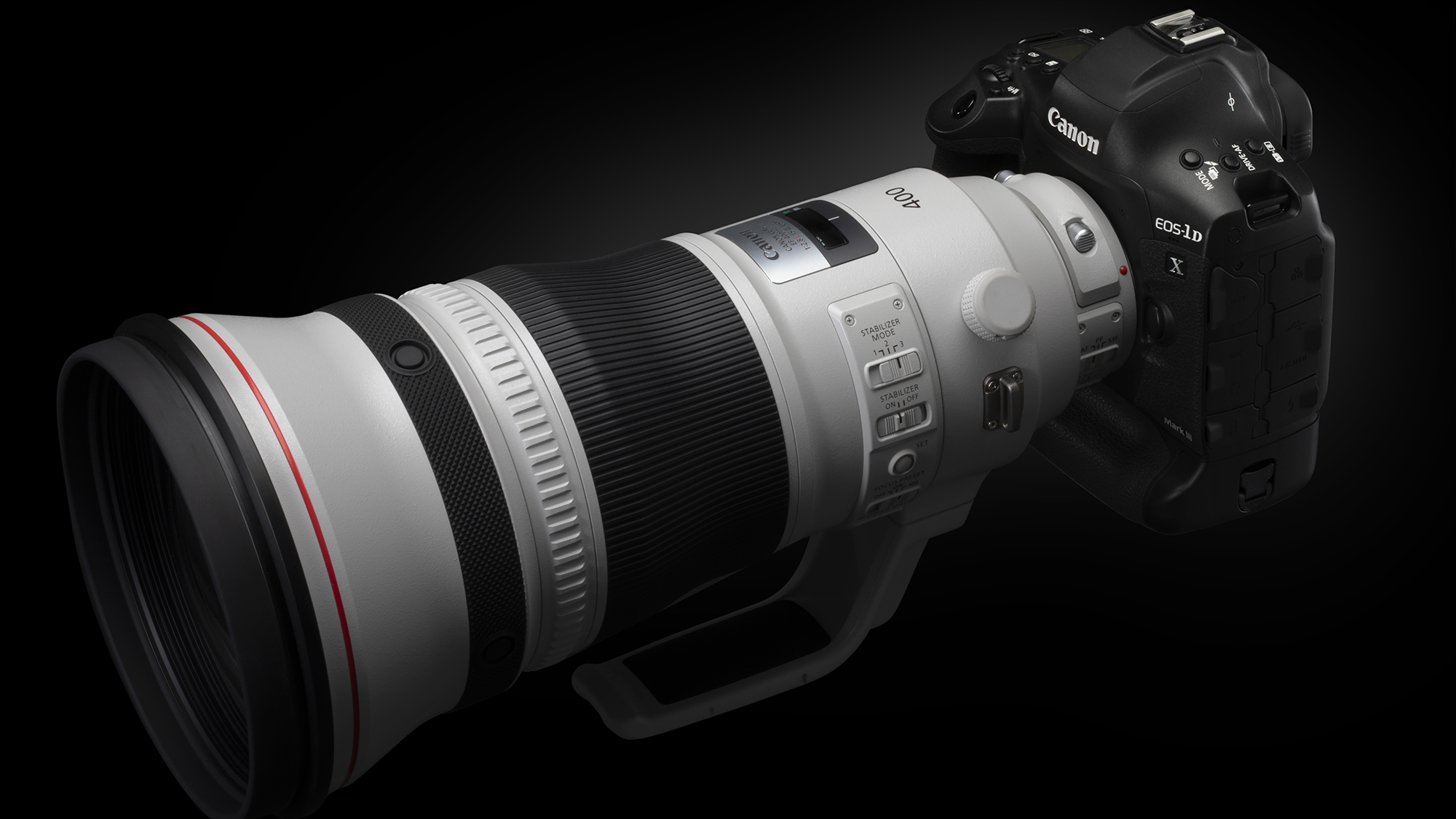
Canon releases a 1-series body every four years to coincide with the Olympics. They’re built for speed and performance, and those four years are put towards perfecting the next generation pro-level sports shooter. And perfected it is exactly what Canon has done, with the EOS 1D X Mark III one of the best cameras currently available – be it mirrorless or DSLR.
And the 1D X Mark III is a bit of both – while it’s a DSLR at heart, the 1D X Mark III delivers spectacular results with the mirror locked up. In fact, if Canon had decided to forgo the mirror completely, the 1D X Mark III would have been one heck of a mirrorless marvel. So much so that we found ourselves comparing it with Sony's latest sports camera, the Alpha A9 II.
That’s the direction cameras are going in any case – the future of photography is mirrorless and it’s highly likely that the Mark III will be Canon’s last flagship DSLR.
If that turns out to be true, then Canon's DSLRs are going out with a bang. The 1D X Mark III has some interesting tech under the hood that gives us a glimpse into the future of Canon’s cameras – starting with the new Digic X sensor. This chip, currently found only in the 1D X Mark III, is so fast that you can watch the focus box lock onto a subject and track it in real time, with practically no lag. With most other cameras, Canon’s own EOS R included, you’ll always find that the focus box needs a little bit of time to catch up with the subject. Not so with the 1D X, and that helps keep the autofocus in, well, focus.

We were lucky enough to spend an extended period of time with the new DSLR and were able to test it in different scenarios – from indoor tennis to beachside surf shoots in the rain, and even in bright sunshine at the zoo. We even tried still life. No matter what we threw at it, the 1D X Mark III produced fabulous results.
Stay focused
When used as a DSLR, that is with the mirror down, there are 191 AF points to choose from. And like any DSLR, those points are all clustered around the center. Lock the mirror up and use the 1D X Mark III as a mirrorless camera and there’s so many more selectable points. They’re spread through the entire frame, so if your subject ends up at the edge of a frame (as will be the case for many sports) you’ll still be able to capture images that focus squarely on the face.

That’s also because, as a mirrorless camera, it tracks moving subjects almost seamlessly in real time. We say ‘almost’ as it’s not absolutely perfect. As you’re tracking and others (be it posts, umpires or other athletes) get in the way, the camera does lose the subject, but it’s pretty much always for only a very short time. Tracking with the 1D X Mark III is a breeze, and we’d go so far as to say it performs better than Sony’s tracking on the Alpha A9 II.
Sign up for breaking news, reviews, opinion, top tech deals, and more.
That’s not to say we’re complaining about the Sony’s tracking and autofocus performance – it's a great camera but the A9 II takes a tad longer to find the lost subject again, while the Canon does so just that much quicker. And in the competitive arena of sports photography, it could be that split second that makes all the difference to capturing a winning moment. It’s by far the best tracking performance from a Canon shooter yet.
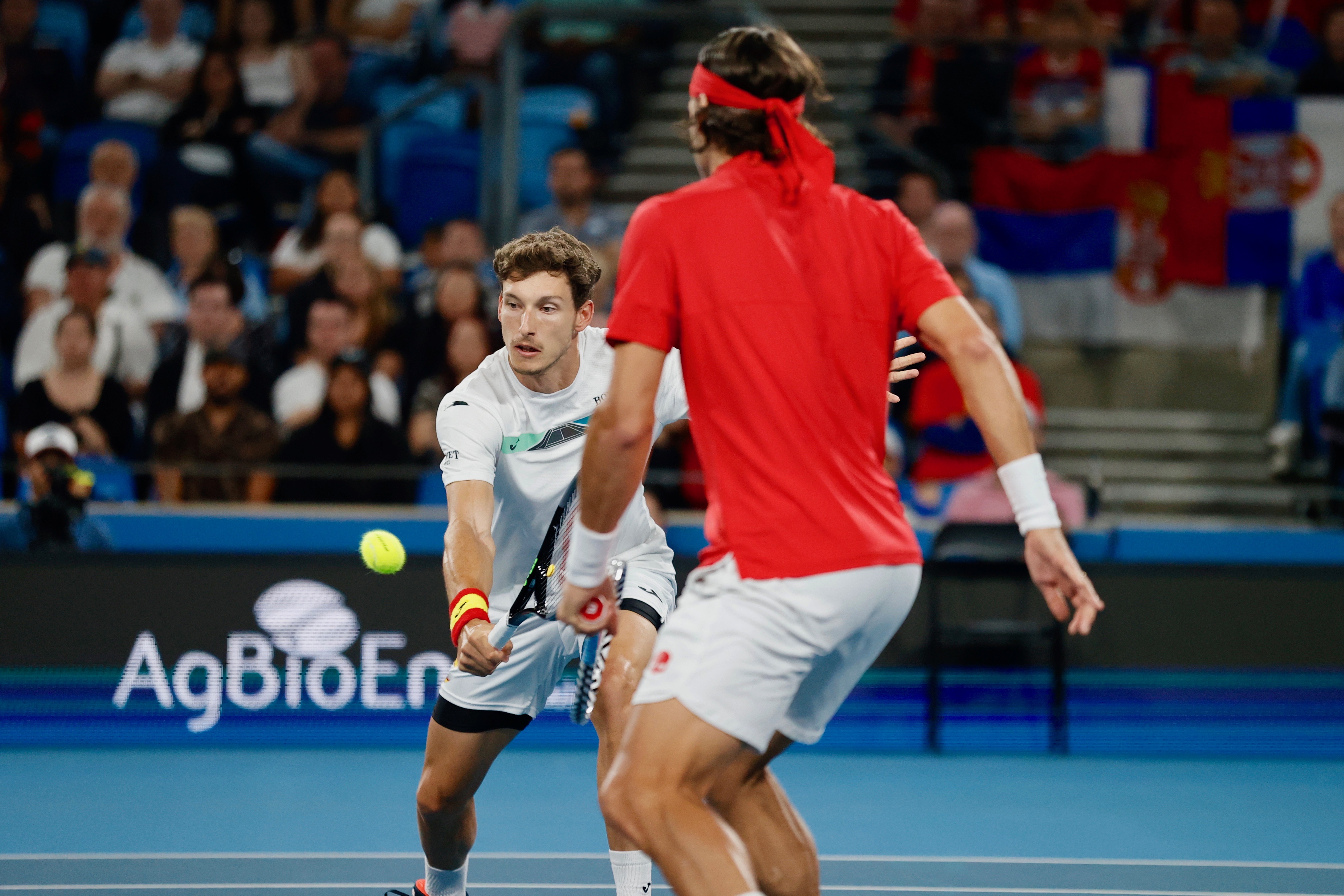
Where the Sony A9 II excels, though, is eye AF. It’s almost always spot-on, while Canon’s face and head detection works a charm. Eye AF, however, isn't as important in sports photography as in portraiture.
Another factor that makes the 1D X Mark III’s AF performance a winner is the new Smart Controller. This optical, touch-sensitive pointer is much quicker to use than the traditional joystick on any modern camera. In fact, it’s also much faster than using the Mn-F touch bar that Canon has on its current EOS R flagship. The lightest touch and the smallest movement of the thumb is all that’s needed to move the focus point around. If it’s too sensitive for you, there are options in the menu system to change that.
In fact, Canon’s autofocus tech on the 1D X Mark III is good enough to not even need the Smart Controller. More often than not, the camera locks on to the correct subject, unless there’s too many things happening within the frame and that’s not something we can complain about. It’s a shame that Canon has not carried the Smart Controller over to the upcoming EOS R5 mirrorless camera but we’re expecting the AF system on the next full-frame mirrorless flagship to be just as good as the 1D X Mark III’s.
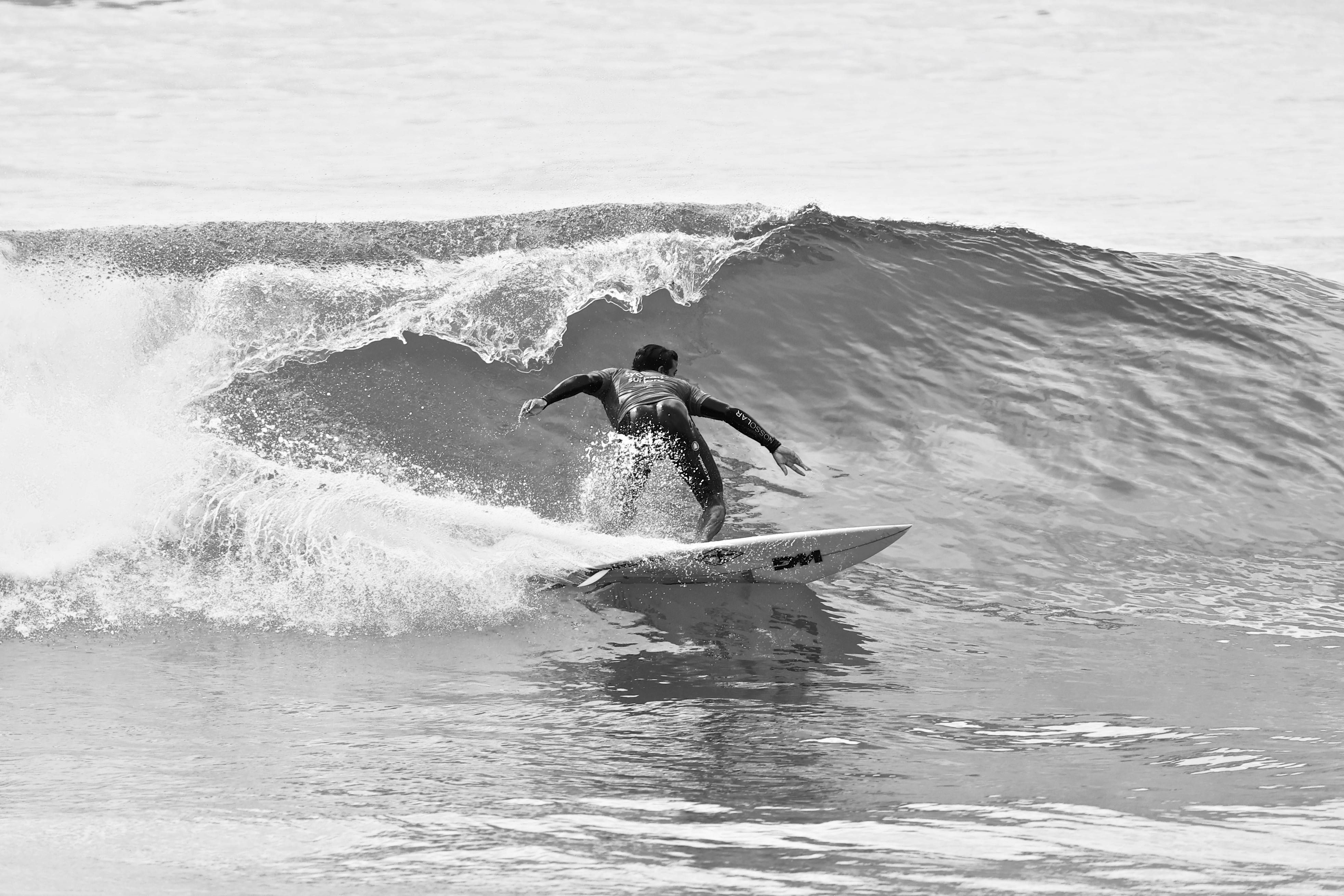
Of course, it’s hardly fair to talk about autofocus performance without taking into account which lens you’re using. Older lenses – like the Canon EF 200-400mm f/4L IS USM Extender 1.4x (launched in 2013) that we used during a surfing competition in Sydney – can be comparatively slower than newer ones like the EF 70-200mm f/2.8L IS III USM (released in 2018). Despite that, the camera is able to cope and you will get plenty of great shots, no matter what lens you’re using – particularly since there are so many superb native options to choose from.
Light it up
The Digic X is not the only processor under the hood here. The 1D X Mark III also has a Digic 8 engine that it utilizes for exposure metering when using the camera’s optical viewfinder (OVF). There’s also a new 216-zone 400,000-dot RGB+IR metering sensor (up from the 1D X Mark II's 370,000-dot variant), while Live View utilizes 384-zone metering system.
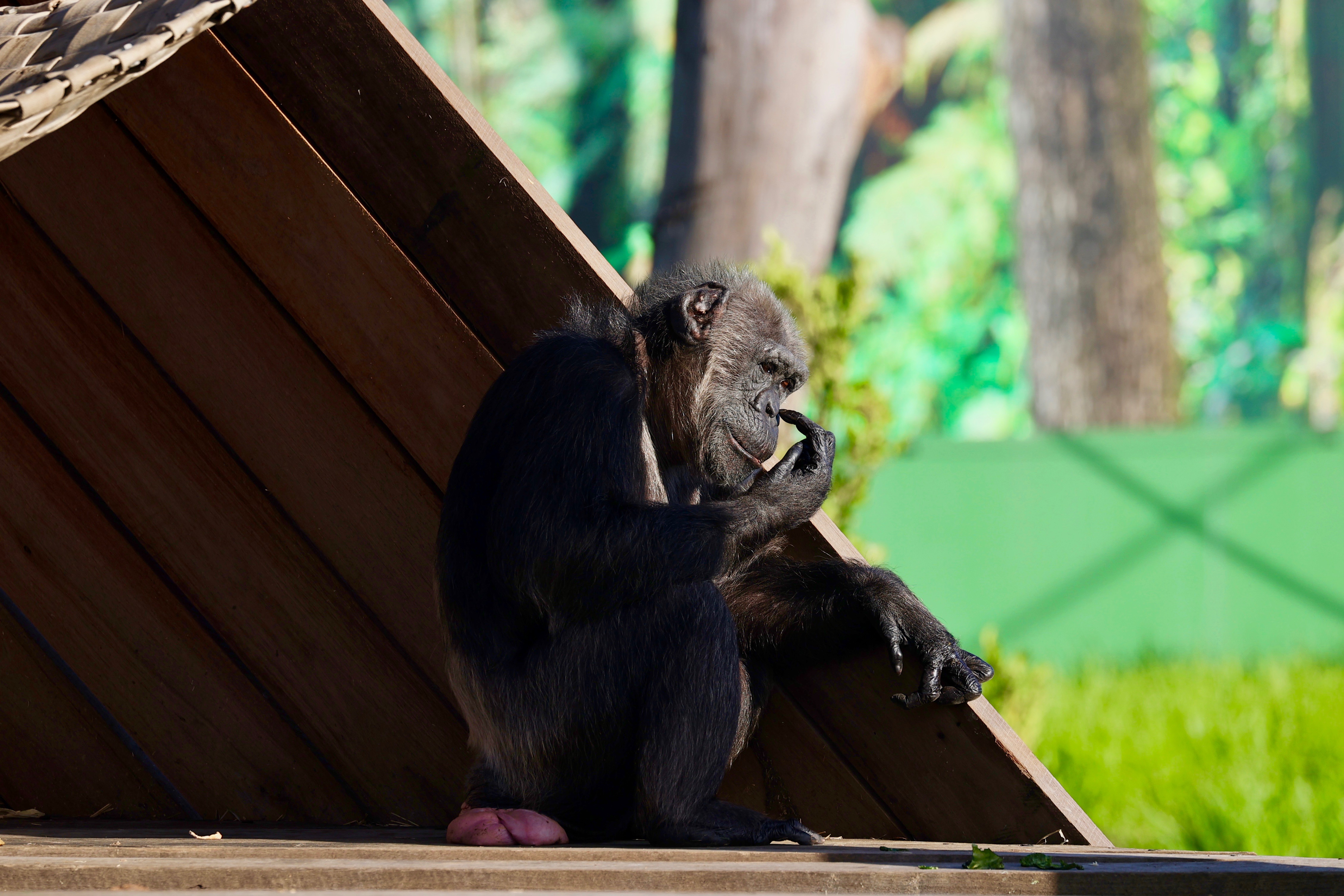
The upgrades go a long way in making sure you’re able to expose correctly for different scenarios. When capturing dark subjects against a light background, for example, it can be difficult to capture details in shadows. However, choosing the right ISO and opting to use Spot metering for individual subjects makes easy work of it all.
Add to that the ability to capture HEIF images means there’s plenty of details you can retrieve during post processing, as we did with the chimpanzee image above. While the chimp's face was perfectly exposed despite the sun being too bright behind the animal, the rest of her body was lost in shadow, and there was no trace of the sexual swelling this female had in the original file. Some minor tweaks with a basic photo editing app (in our case Apple’s Photos app on a Mac) was enough to bring out the lost details.

Shooting at high ISO values (for example, ISO 8000 in the case of the image above) is also not a huge problem for the Canon 1D X Mark III. There’s no evidence of noise at ISO 8000, although go up to sensitivities as high as ISO 21,800 and the Sony does a tad better. That said, the current low-light king is still the Nikon D5, and we’re expecting the D6 to perform just as well, if not better, in those situations.
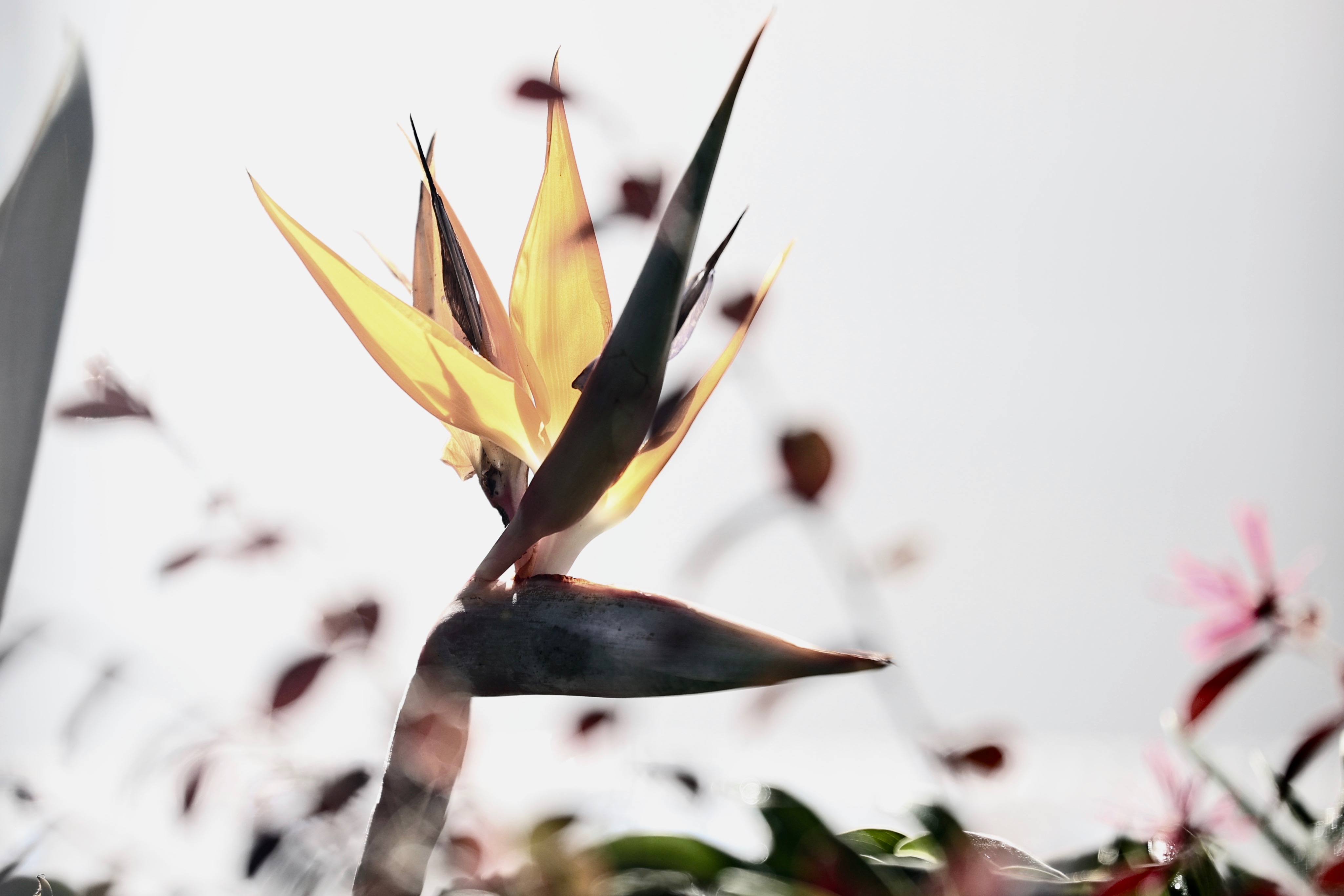
The need for speed
The 1D X Mark III’s speed is also something that sets it apart from mirrorless cameras like the Sony A9 II. Both cameras top off at 20fps bursts, but the Canon can do so in mirrorless mode when using its mechanical shutter. On the other hand, the A9 II is capable of 10fps continuous shooting with its mechanical shutter. In silent mode, the Sony can manage 12-frame bursts, but hits 20fps only if you’re willing to capture compressed RAW files. The Canon achieves that speed by spitting out full-res RAW files.
And then there’s the buffer depth, which is just shy of unlimited (while the Sony A9 II is rated for 361 JPEGs). Add to that the adoption of CFexpress memory cards for the 1D X Mark III and you’re saving hundreds of images almost instantaneously.
We will admit that, at one point during the ATP Cup tennis finals in Sydney, we got distracted and had the shutter pressed for longer than we wanted and/or needed and ended up with upwards of 2,000 RAW + JPEG files… the Mark III barely blinked before it was ready for use again, and all files saved to card. We would never recommend doing something like that, unless you were testing the feature, but that one mistake gave us a very good idea of how quickly the camera processes files.
You'd think that many of the images captured during that long burst would have resulted in the vast majority being out of focus – we were genuinely surprised to find that the vast majority were on point, with only about 50 shots out of focus, and even they were usable if you didn't crop in to zoom into the subject. Goes to show that the 1D X Mark III just carries on with the job at hand without needing too much from you.

Do what you will
The 1D X Mark III is a large beast. It’s not a traveling companion and it’s not cheap. While it’s very tempting to recommend the camera to practically any advanced photographer, it does need more than some spare change to purchase. That said, it’s a camera that will let you do anything, even if you aren’t a sports or press photographer.
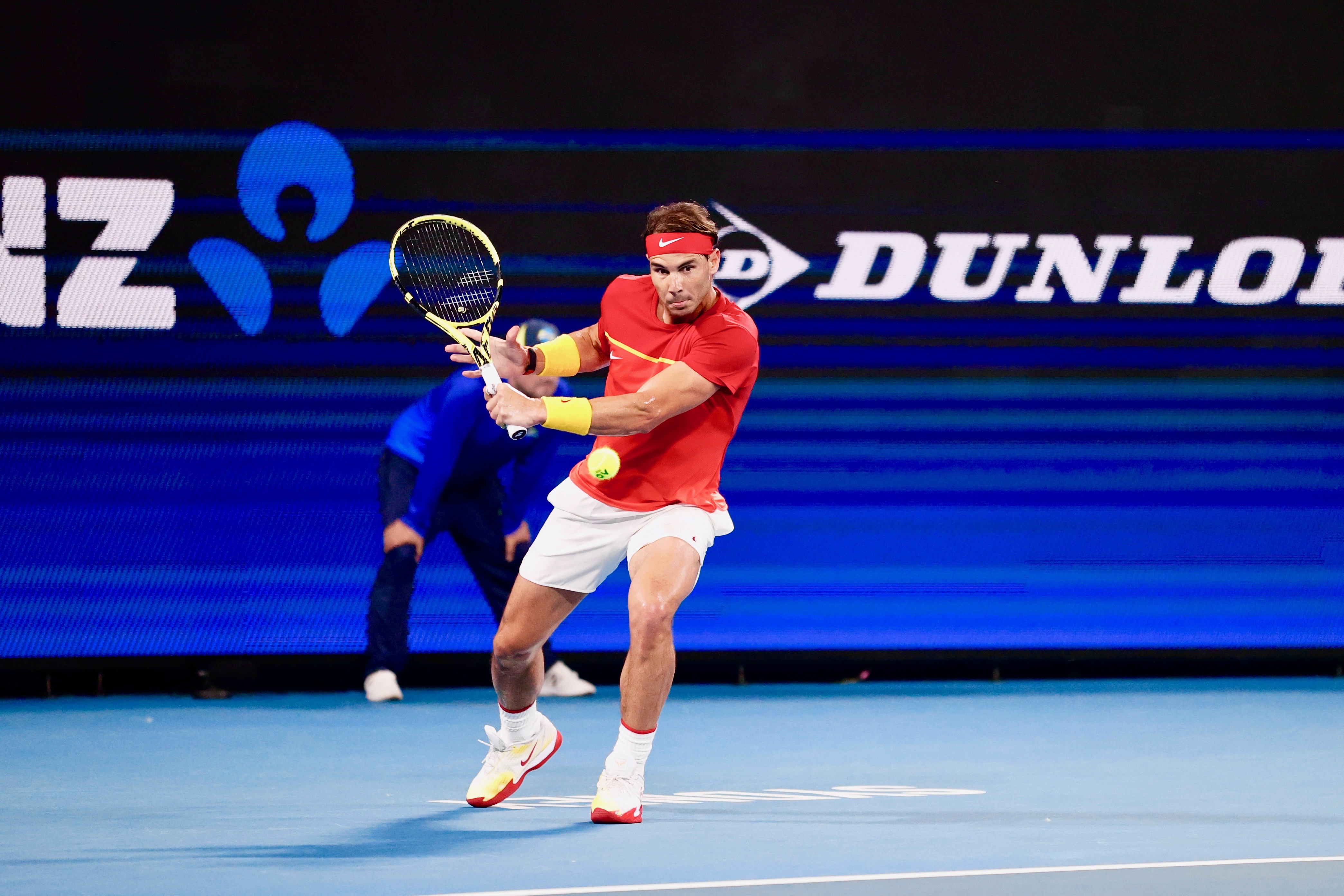
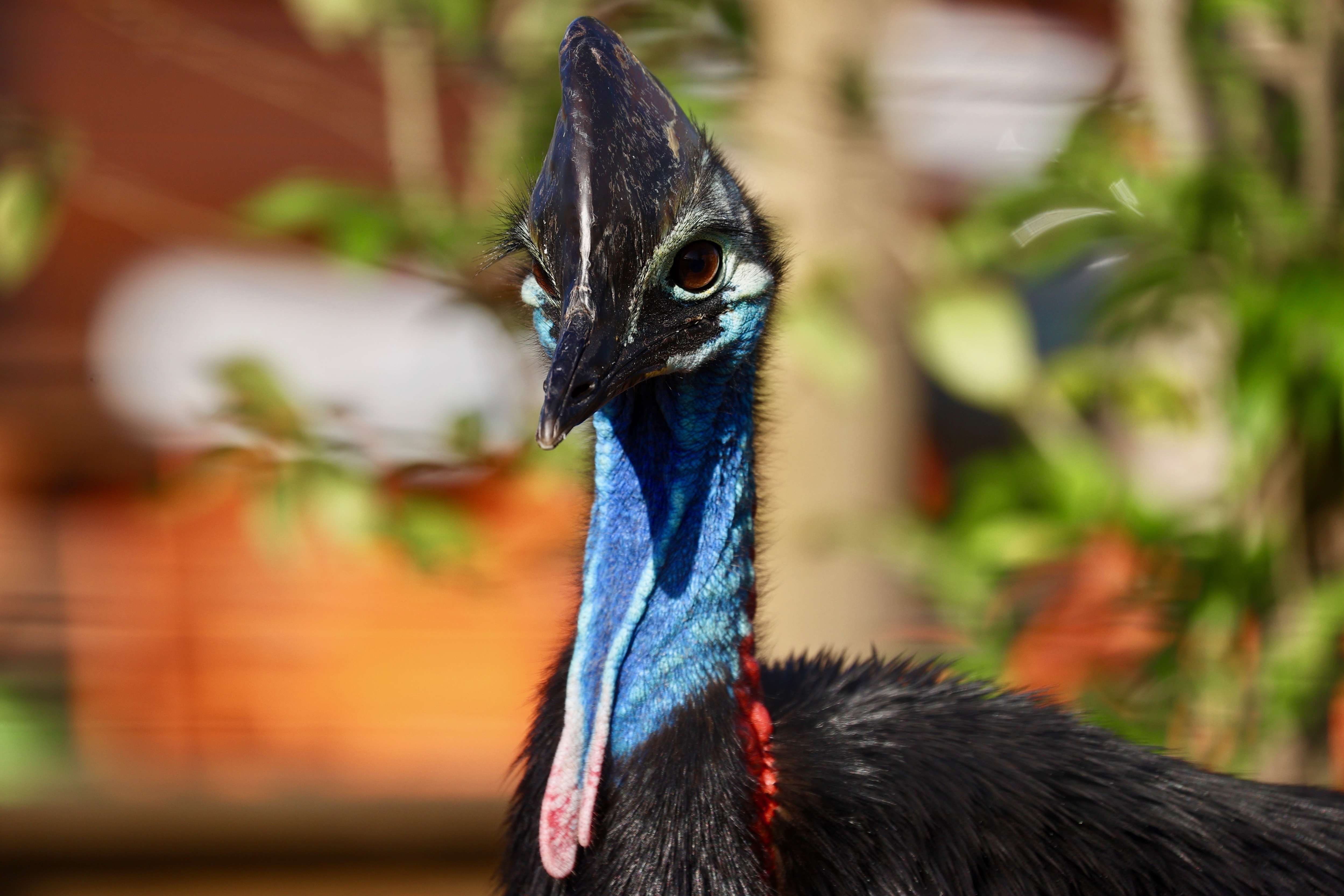
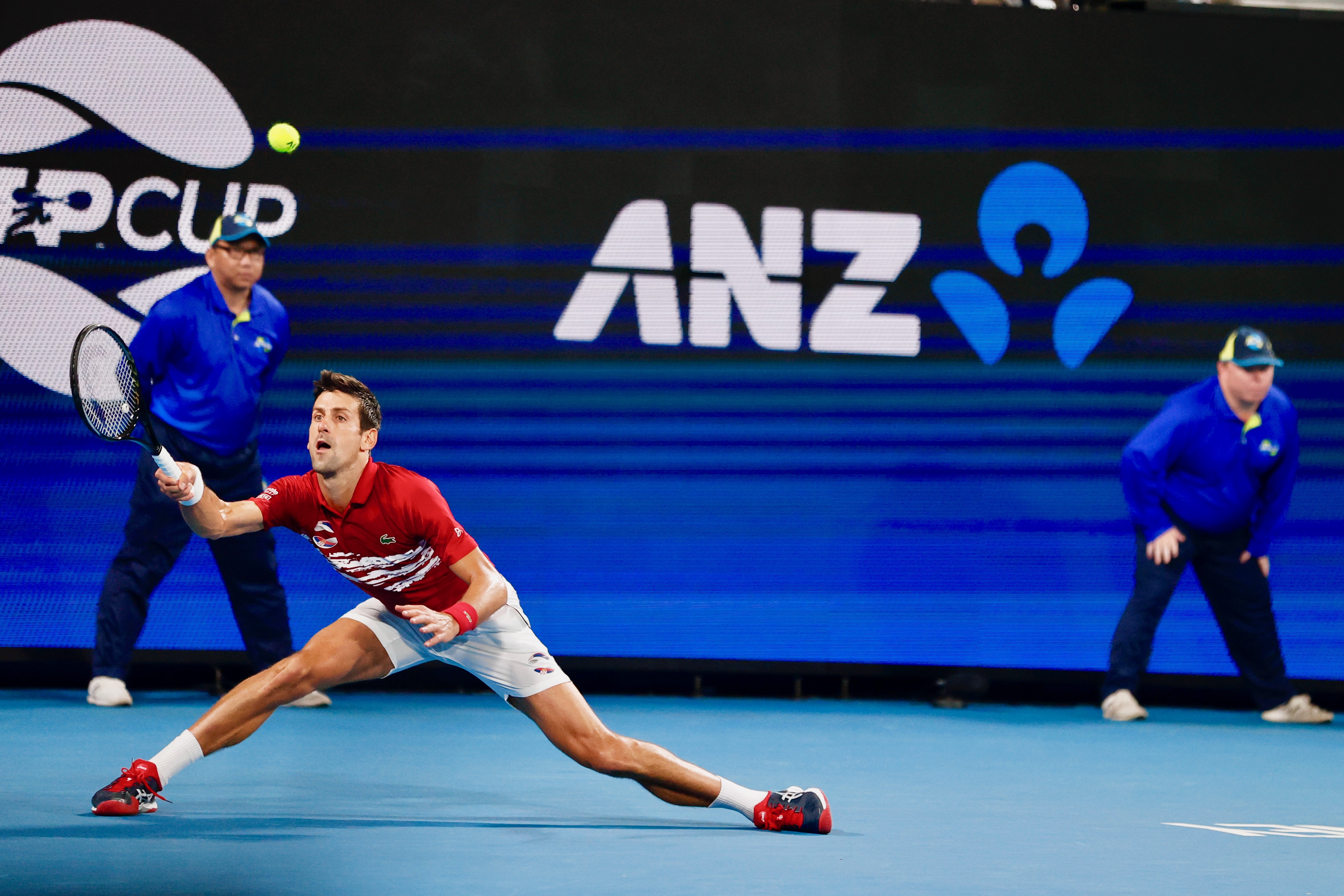

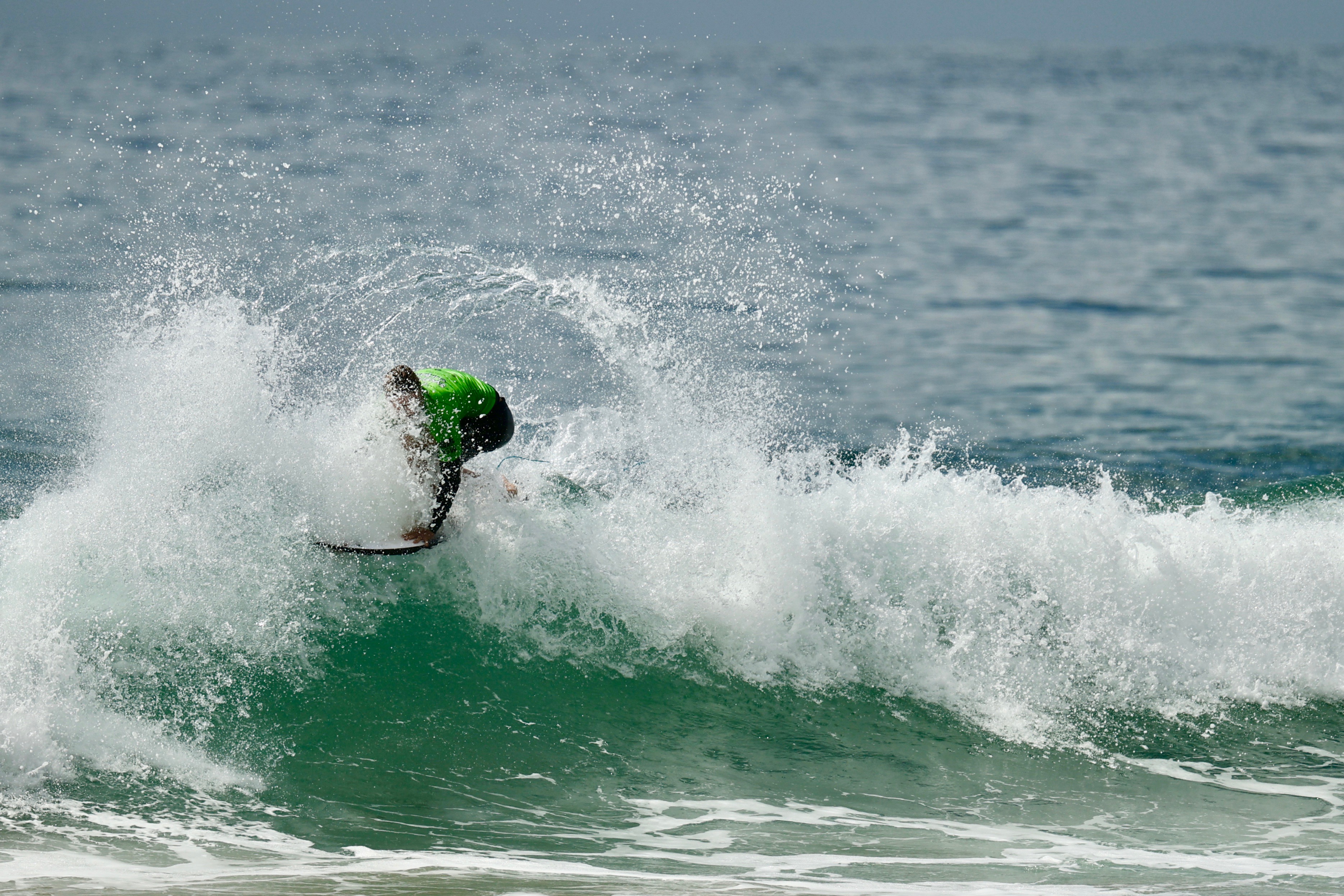
You may not need intelligent autofocus that’s fast and precise as a landscape photographer, and you likely won’t need 20fps bursts as a wedding or wildlife photographer, but the fact is the 1D X Mark III can handle it all. Even video.
For a company that shied away from offering 4K video at a time when the competition had made it the norm – and, when it did arrive, it wasn’t using the full sensor – the Mark III’s video capabilities impress. The 1D line was never designed to be used as hybrid cameras – they were historically meant for stills – but Canon has shown that it can keep up with the times, and we’re looking forward to seeing what the EOS R5 can do.

While she's happiest with a camera in her hand, Sharmishta's main priority is being TechRadar's APAC Managing Editor, looking after the day-to-day functioning of the Australian, New Zealand and Singapore editions of the site, steering everything from news and reviews to ecommerce content like deals and coupon codes. While she loves reviewing cameras and lenses when she can, she's also an avid reader and has become quite the expert on ereaders and E Ink writing tablets, having appeared on Singaporean radio to talk about these underrated devices. Other than her duties at TechRadar, she's also the Managing Editor of the Australian edition of Digital Camera World, and writes for Tom's Guide and T3.